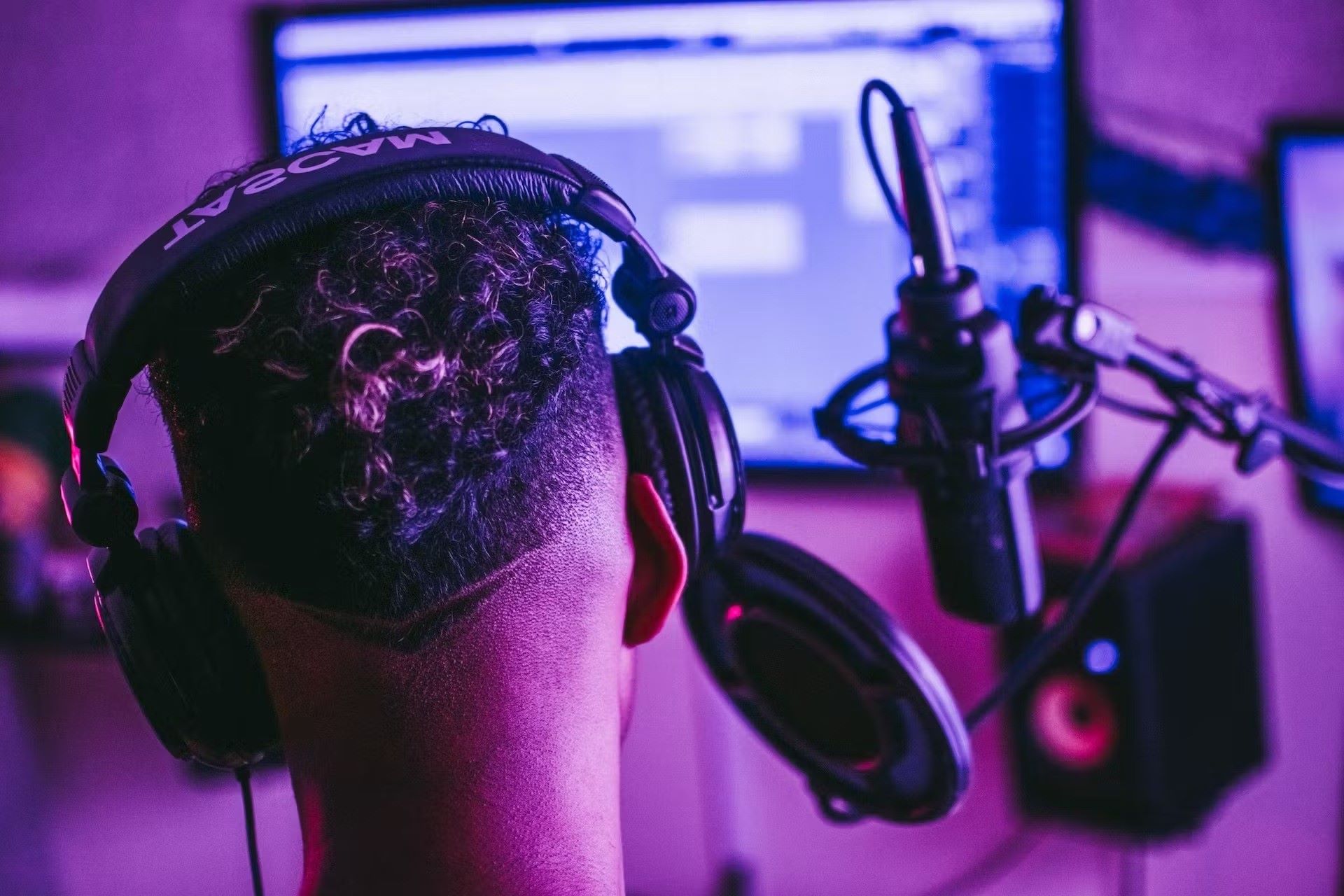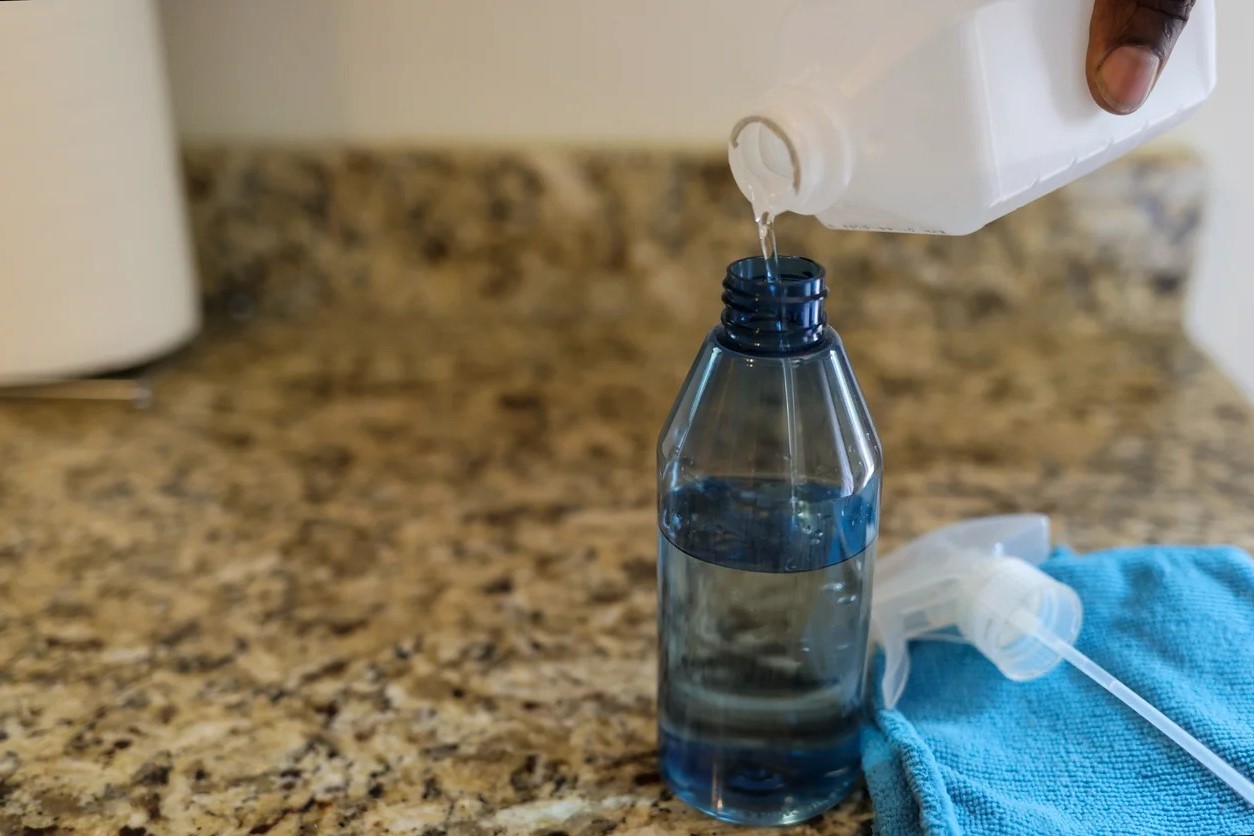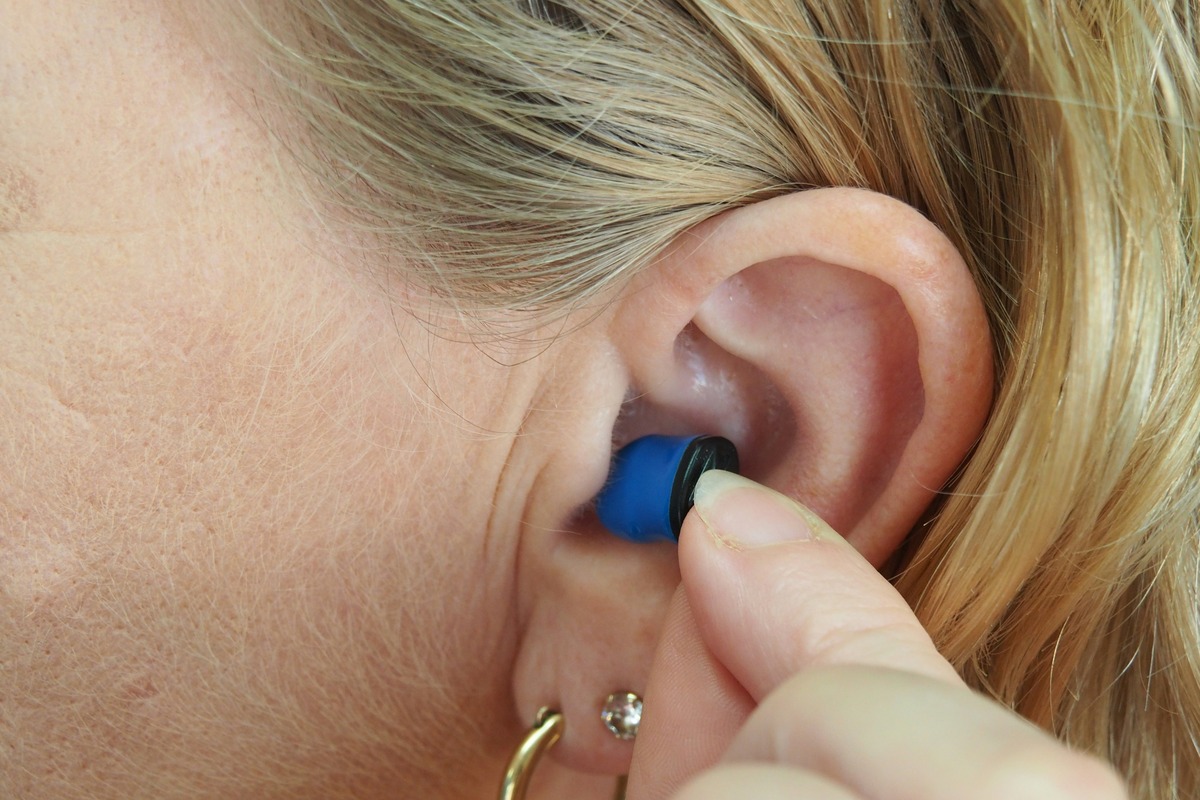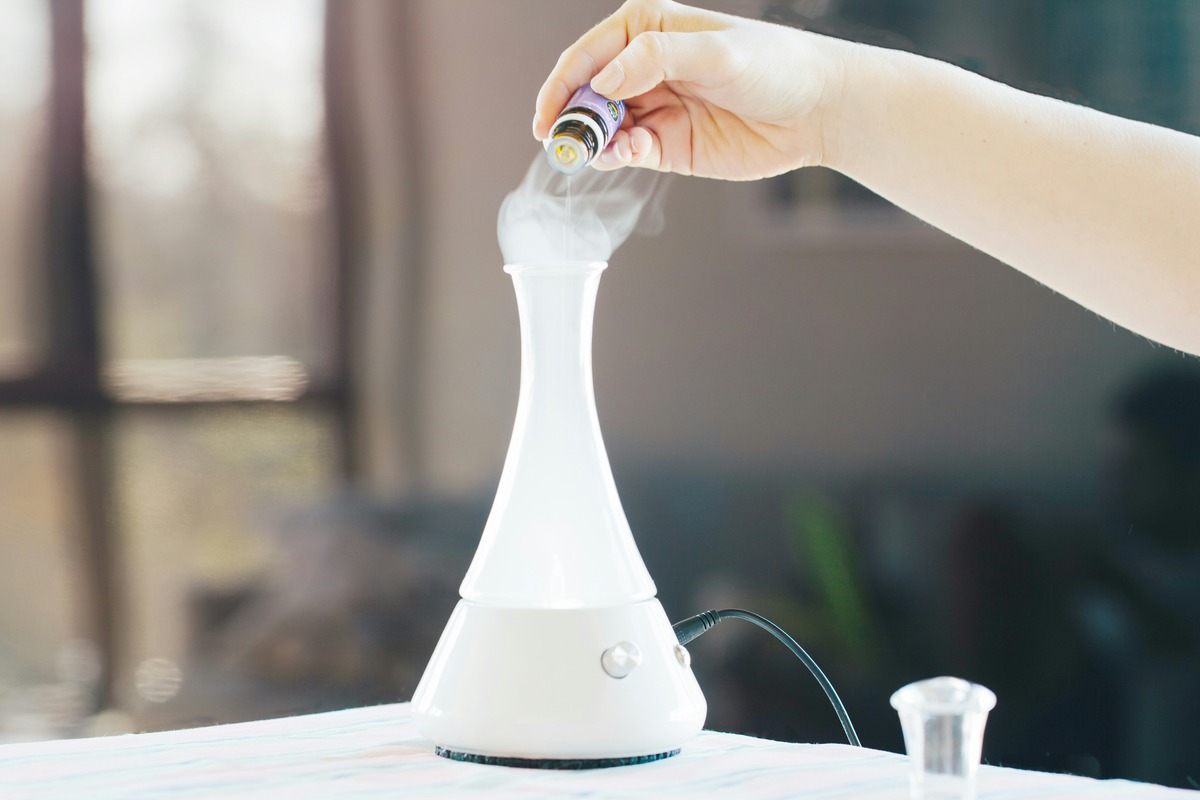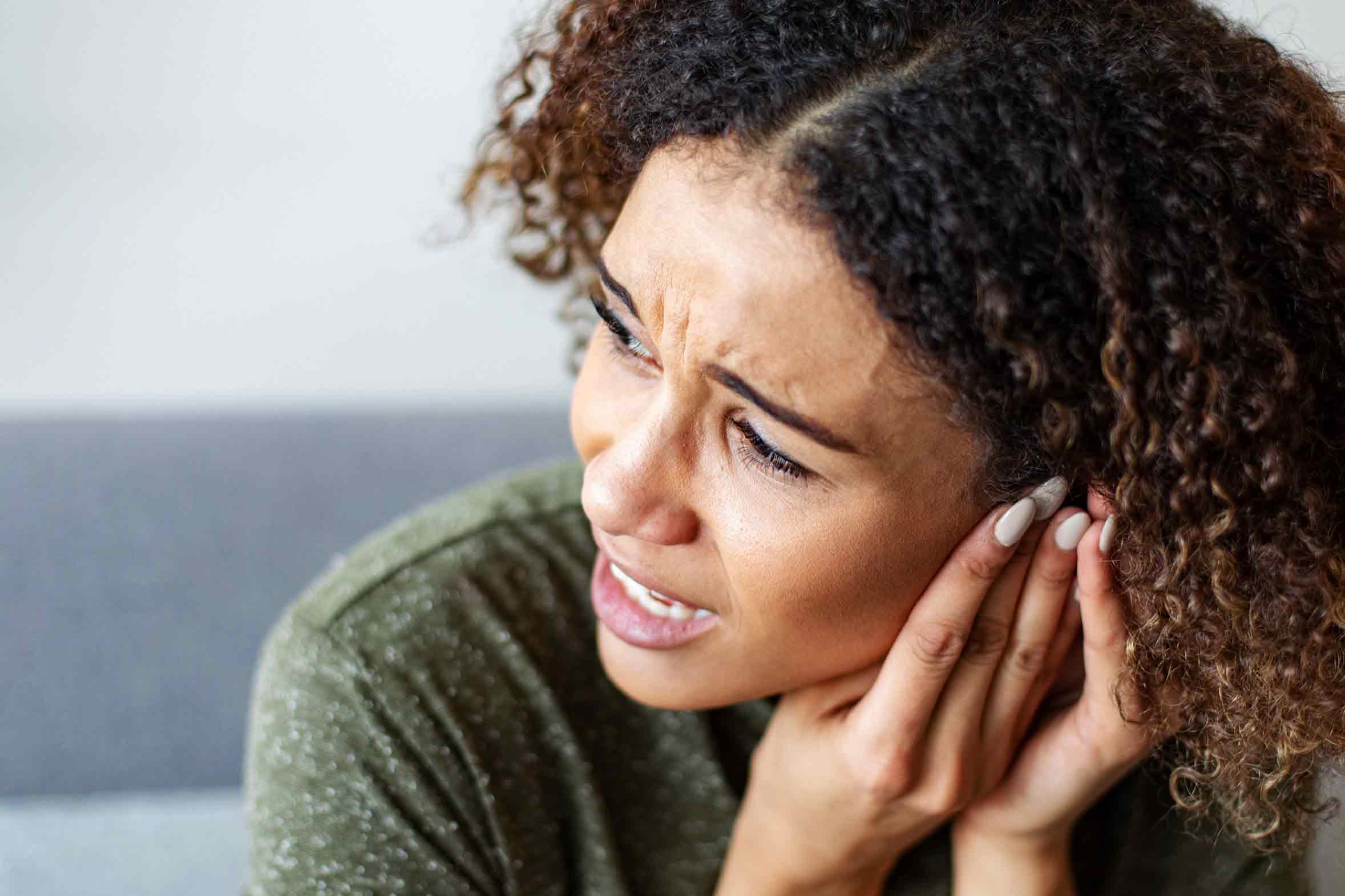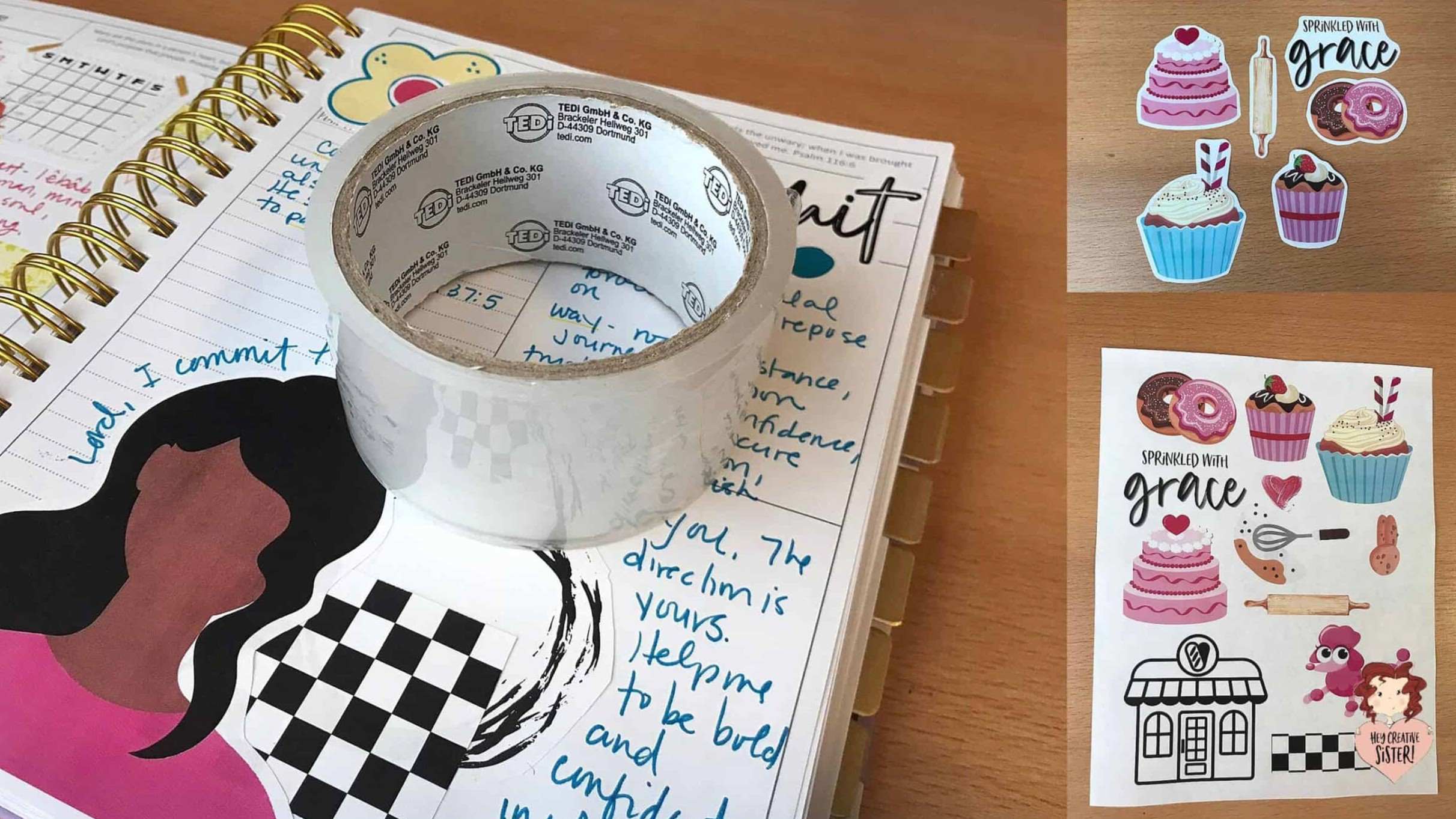

Lifestyle
How To Pierce Your Own Ear
Published: March 1, 2024
Learn the safest and easiest way to pierce your own ear at home with our step-by-step guide. Discover the essential tips and precautions for a successful DIY ear piercing. Embrace a new lifestyle with confidence and style.
(Many of the links in this article redirect to a specific reviewed product. Your purchase of these products through affiliate links helps to generate commission for Noodls.com, at no extra cost. Learn more)
Table of Contents
Introduction
Piercing your own ear can be an exciting and empowering experience. Whether you're looking to express your individuality or simply want to add a touch of sparkle to your look, self-piercing allows you to take control of your style. However, it's crucial to approach this process with caution and thorough preparation to ensure a safe and successful outcome.
When considering self-piercing, it's essential to prioritize safety and hygiene. By following the right steps and using the proper tools, you can minimize the risk of complications and promote proper healing. Additionally, understanding the aftercare requirements and potential risks associated with ear piercing is vital for a positive and satisfying experience.
In this comprehensive guide, we will walk you through the essential steps of piercing your own ear, from selecting the right earring to practicing proper aftercare. By providing detailed instructions and valuable insights, we aim to equip you with the knowledge and confidence to embark on this journey responsibly.
Remember, while self-piercing can be a rewarding endeavor, it's not without its risks. If you have any doubts or concerns, seeking professional assistance from a trained piercer or healthcare provider is always a wise decision. With careful consideration and a commitment to safety, you can navigate the process of ear piercing with confidence and achieve the stylish look you desire.
Safety Precautions
Before embarking on the journey of piercing your own ear, it's crucial to prioritize safety and hygiene. By adhering to essential safety precautions, you can minimize the risk of infections and complications, ensuring a smooth and successful piercing experience.
-
Research and Preparation: Prior to piercing your ear, it's important to conduct thorough research on the process. Familiarize yourself with the anatomy of the ear and understand the potential risks involved. Additionally, gather information on the appropriate tools and techniques for safe piercing.
-
Sterilization: Ensuring the sterilization of all equipment is paramount. Before commencing the piercing, sterilize the needle, earring, and any other tools that will come into contact with your skin. This can be achieved through methods such as autoclaving, chemical sterilization, or disposable single-use tools.
-
Personal Hygiene: Maintaining proper personal hygiene is essential to prevent infections. Thoroughly wash your hands with antibacterial soap before handling any piercing equipment. Additionally, ensure that your hair is pulled back and away from your face to minimize the risk of contamination.
-
Pain Management: It's important to be prepared for potential discomfort during the piercing process. Consider using a topical numbing cream to minimize pain and discomfort. However, it's crucial to follow the instructions for the numbing cream carefully to avoid any adverse reactions.
-
Seeking Assistance: If you have any doubts or concerns about the piercing process, consider seeking assistance from a professional piercer or healthcare provider. They can provide valuable guidance and ensure that the piercing is carried out safely and effectively.
By prioritizing safety precautions, you can lay a strong foundation for a successful self-piercing experience. These measures not only minimize the risk of complications but also promote proper healing and long-term ear health. Remember, taking the time to prepare and prioritize safety is key to achieving a stylish and safe ear piercing.
Choosing the Right Earring
Selecting the right earring for your self-piercing endeavor is a crucial step that significantly influences the outcome of the process. The choice of earring not only contributes to the aesthetic appeal but also impacts the overall comfort and healing of the pierced ear. Here's a detailed exploration of the factors to consider when choosing the right earring for self-piercing.
Consider the Material
Opting for a high-quality, hypoallergenic material is essential to minimize the risk of allergic reactions and promote proper healing. Surgical-grade stainless steel, titanium, and 14K or 18K gold are popular choices known for their biocompatibility and reduced potential for irritation. These materials are less likely to cause sensitivity or trigger allergic responses, making them ideal for initial piercings.
Assess the Earring Style
When selecting an earring for self-piercing, consider the style and design that best suits your preferences and the piercing process. A straight post earring with a simple, rounded end is recommended for initial piercings, as it minimizes the risk of snagging on clothing or bedding. Additionally, choosing an earring with a secure backing, such as a screw-on or flat back, can enhance comfort and prevent the earring from becoming dislodged during the healing period.
Size Matters
Opting for the right earring size is crucial for a successful self-piercing experience. For earlobe piercings, a standard earring size ranging from 20 to 18 gauge is commonly recommended. It's important to avoid excessively thick or heavy earrings, as they can exert unnecessary pressure on the freshly pierced ear and impede the healing process. Additionally, selecting an earring length that allows for slight swelling during the initial healing phase is advisable to prevent discomfort and complications.
Prioritize Sterilization
Before using the chosen earring for self-piercing, it's imperative to ensure that the earring, along with its backing and any additional components, is thoroughly sterilized. This can be achieved through methods such as autoclaving, chemical sterilization, or utilizing disposable single-use earrings. Prioritizing sterilization minimizes the risk of introducing harmful bacteria or contaminants to the piercing site, promoting a hygienic and safe piercing process.
By carefully considering these factors and selecting the right earring, you can lay a solid foundation for a successful self-piercing experience. Prioritizing quality, comfort, and hygiene in your choice of earring contributes to a safe and stylish ear piercing journey. Remember, investing time and consideration in selecting the right earring is a valuable step towards achieving a satisfying and well-executed self-piercing endeavor.
Sterilizing Your Equipment
Sterilizing your piercing equipment is a critical step in ensuring a safe and hygienic self-piercing experience. Proper sterilization minimizes the risk of introducing harmful bacteria or contaminants to the piercing site, reducing the likelihood of infections and complications. Here's a detailed exploration of the essential methods and considerations for effectively sterilizing your piercing equipment.
Gather the Necessary Tools
Before commencing the sterilization process, gather all the tools and equipment that will come into contact with your skin during the piercing. This includes the piercing needle, earring, clamps (if used), and any additional accessories. Ensuring that all items are clean and free from any visible debris or residues is the first step towards effective sterilization.
Read more: How To Cut Your Own Hair In Layers
Autoclaving
Autoclaving is a highly effective method of sterilizing piercing equipment, commonly utilized in professional piercing studios and healthcare settings. This process involves exposing the tools to high-pressure steam at elevated temperatures, effectively eliminating bacteria, viruses, and spores. If you have access to an autoclave, following the manufacturer's instructions for sterilization cycles and ensuring that the equipment is packaged in suitable sterilization pouches is crucial for safe and effective sterilization.
Chemical Sterilization
Chemical sterilization offers an alternative method for effectively sterilizing piercing equipment. Utilizing high-level disinfectants or sterilizing solutions specifically formulated for medical instruments can achieve thorough sterilization. It's essential to carefully follow the manufacturer's instructions for the chosen sterilizing agent, including the appropriate dilution, contact time, and disposal guidelines. Additionally, ensuring that the equipment is rinsed thoroughly after chemical sterilization to remove any residual solution is vital to prevent skin irritation.
Disposable Single-Use Tools
In situations where access to autoclaving or chemical sterilization is limited, utilizing disposable single-use piercing needles and earrings is a practical and hygienic alternative. Single-use tools are pre-sterilized and designed for one-time use, eliminating the need for in-depth sterilization procedures. However, it's crucial to verify the sterility and integrity of the packaging before use, as compromised or expired single-use tools can pose risks to the piercing process.
Prioritize Hygiene Throughout
Throughout the sterilization process, maintaining strict personal hygiene is paramount. Thoroughly wash your hands with antibacterial soap before handling the piercing equipment. Additionally, ensure that the work surface and any containers used for sterilization are clean and free from potential contaminants. Prioritizing hygiene at every stage of the sterilization process minimizes the risk of introducing harmful microorganisms to the piercing site, promoting a safe and successful self-piercing experience.
By prioritizing thorough sterilization of your piercing equipment, you can establish a hygienic and safe foundation for the self-piercing process. These measures not only minimize the risk of infections and complications but also contribute to the overall success and satisfaction of your ear piercing endeavor. Remember, investing time and attention in sterilizing your equipment is a valuable step towards achieving a stylish and well-executed self-piercing experience.
Read more: How To Cut Your Own Bangs
Marking the Spot
Marking the spot for your ear piercing is a crucial step that requires precision and careful consideration. By accurately identifying the placement of the piercing, you can ensure a symmetrical and aesthetically pleasing result. Here's a detailed exploration of the essential considerations and techniques for marking the spot before proceeding with the ear piercing.
Choose the Placement
Before marking the spot for your ear piercing, it's important to decide on the desired placement. For earlobe piercings, the most common and traditional location is along the lower curve of the earlobe. However, if you're considering cartilage piercings, such as the helix or tragus, carefully research the anatomical structure of the ear to determine the optimal placement that aligns with your preferences.
Utilize a Marking Tool
To accurately mark the spot for your ear piercing, consider using a sterile skin-marking pen or a fine-tipped surgical marker. These specialized tools are designed for precise skin marking and can aid in identifying the exact placement of the piercing. When using a marking tool, ensure that it is sterile and free from any potential contaminants to maintain a hygienic environment for the piercing process.
Consider Symmetry and Alignment
Achieving symmetry and alignment is essential when marking the spot for ear piercings, particularly if you plan to have multiple piercings. Take the time to visually assess the positioning of the markings and make any necessary adjustments to ensure that the piercings will be symmetrical and harmoniously aligned. This attention to detail contributes to a polished and balanced overall look once the piercings are in place.
Read more: How To Clean A Septum Piercing
Seek Assistance if Needed
If you're uncertain about marking the spot accurately or if you're considering more complex ear piercings, seeking assistance from a professional piercer is a viable option. A trained piercer can provide expert guidance on the optimal placement of the piercing based on your ear anatomy and personal preferences. Their expertise can contribute to a successful and visually appealing outcome for your self-piercing endeavor.
By carefully marking the spot for your ear piercing, you lay the groundwork for a precise and visually appealing result. Taking the time to consider the placement, utilize appropriate marking tools, and prioritize symmetry contributes to a well-executed and aesthetically pleasing self-piercing experience. Remember, attention to detail during the marking process sets the stage for a stylish and satisfying ear piercing journey.
Piercing Your Ear
Once you have meticulously prepared and marked the spot for your ear piercing, it's time to proceed with the actual piercing process. This step requires precision, focus, and a steady hand to ensure a successful and comfortable experience. Here's a detailed exploration of the essential steps and techniques for piercing your ear safely and effectively.
Gather Your Tools
Before commencing the piercing, gather all the necessary tools and equipment in a clean and organized workspace. Ensure that the piercing needle, earring, clamps (if used), and any additional accessories are readily accessible. Prioritize maintaining a hygienic environment by working on a clean surface and ensuring that all tools have been thoroughly sterilized according to the recommended methods.
Positioning and Stability
When positioning the piercing needle, it's crucial to maintain stability and control. Gently but firmly hold the area of the ear to be pierced, ensuring that it is taut and stable. This minimizes the risk of unnecessary movement during the piercing process, promoting accuracy and reducing discomfort. Additionally, maintaining a steady hand and a focused mindset is essential for achieving a precise and controlled piercing motion.
Read more: How To Make Your Own DIY Lip Scrub
Executing the Piercing
With the marked spot in clear view and the ear properly stabilized, carefully guide the piercing needle through the designated area. Apply gentle and consistent pressure, allowing the needle to penetrate the skin smoothly and swiftly. It's important to maintain a steady hand and avoid sudden movements to minimize discomfort and ensure a clean piercing. Once the needle has passed through, swiftly and confidently insert the earring into the freshly pierced hole, securing it in place.
Managing Discomfort
It's normal to experience a degree of discomfort during the piercing process. However, by maintaining a calm and focused approach, you can effectively manage any sensations of pain or pressure. If necessary, take a deep breath and remain composed throughout the piercing motion. Utilizing a numbing cream prior to the piercing can also help minimize discomfort, enhancing the overall experience.
Aftercare and Monitoring
Following the piercing, carefully follow the recommended aftercare instructions to promote proper healing and minimize the risk of infections. Clean the pierced area with a saline solution or an antiseptic solution as advised, and avoid touching the piercing unnecessarily. Monitor the pierced ear regularly for any signs of infection or complications, such as excessive redness, swelling, or discharge, and seek professional assistance if any concerns arise.
By meticulously executing the piercing process with precision and care, you can lay the groundwork for a successful and satisfying self-piercing experience. Remember, prioritizing hygiene, stability, and a focused approach contributes to a safe and stylish ear piercing journey. With the right techniques and a commitment to safety, you can achieve a well-executed and visually appealing ear piercing that reflects your individual style and personality.
Aftercare Instructions
After completing the ear piercing process, diligent aftercare is essential to promote proper healing and minimize the risk of infections or complications. Following these aftercare instructions diligently can contribute to a successful and comfortable healing process.
Cleaning the Pierced Area
- Use a saline solution or an antiseptic solution recommended by a healthcare professional to clean the pierced area. Gently apply the solution to the front and back of the piercing, ensuring that any crusted discharge or debris is carefully removed.
- Avoid using harsh cleansers, alcohol-based solutions, or hydrogen peroxide, as these can irritate the piercing and impede the healing process.
Avoiding Irritants and Trauma
- Refrain from touching the piercing unnecessarily, and avoid twisting or turning the earring during the initial healing period. Minimizing movement around the pierced area reduces the risk of irritation and promotes undisturbed healing.
- Avoid exposing the piercing to potential irritants such as hair products, perfumes, or excessive sweat. Protecting the piercing from contact with these substances can prevent discomfort and reduce the risk of complications.
Managing Swelling and Discomfort
- If you experience mild swelling or discomfort, applying a cold compress or clean, cool cloth to the pierced area can help alleviate these symptoms. Ensure that the compress is clean and gently apply it to the ear for short intervals to minimize swelling and discomfort.
Adhering to Healing Timelines
- Be mindful of the expected healing timelines for your specific piercing. While earlobe piercings typically heal within 6 to 8 weeks, cartilage piercings may require a longer healing period. Adhering to these timelines and avoiding premature removal of the earring supports proper healing and reduces the risk of complications.
Read more: How To Massage Ear Wax Out
Seeking Professional Assistance
- If you notice any signs of infection, such as excessive redness, swelling, or discharge accompanied by pain or warmth around the piercing, seek professional assistance promptly. A healthcare provider or trained piercer can assess the piercing and provide appropriate guidance or treatment to address any concerns.
By diligently following these aftercare instructions, you can contribute to the successful healing of your ear piercing. Prioritizing cleanliness, minimizing irritation, and seeking professional assistance when needed are key components of a safe and comfortable healing process. Remember, patience and attentiveness to aftercare requirements are essential for achieving a stylish and well-maintained ear piercing.
Potential Risks and Complications
While self-piercing can be a rewarding and empowering experience, it's important to acknowledge the potential risks and complications associated with this process. Understanding these factors is crucial for making informed decisions and prioritizing safety throughout the piercing journey.
Infection stands as one of the primary risks associated with ear piercing. If proper hygiene and sterilization procedures are not followed meticulously, the piercing site can become susceptible to bacterial, viral, or fungal infections. Symptoms of infection may include excessive redness, swelling, warmth, and the presence of pus or discharge. In severe cases, untreated infections can lead to abscess formation and systemic complications, necessitating medical intervention.
Another potential complication is the development of hypertrophic scars or keloids. These are raised, fibrous tissue formations that can occur at the site of the piercing. Individuals with a predisposition to keloid formation are particularly at risk. These abnormal healing responses can cause discomfort and may require specialized treatment to manage and minimize their appearance.
Allergic reactions to the earring material represent a significant risk, especially if low-quality or non-hypoallergenic materials are used. Nickel, a common allergen found in certain metals, can trigger allergic contact dermatitis, leading to itching, redness, and skin irritation around the piercing. Choosing high-quality, hypoallergenic earrings can mitigate this risk and promote a more comfortable healing process.
Improper piercing technique or equipment can result in trauma to the surrounding tissues, leading to pain, prolonged healing, and potential deformities. Inadequate aftercare practices, such as using harsh cleansers or excessive manipulation of the piercing, can also contribute to complications and hinder the healing process.
In rare cases, the piercing process may inadvertently damage nerves or blood vessels, leading to sensory disturbances or excessive bleeding. Additionally, if the piercing needle is not guided accurately, it can result in misaligned or uneven piercings, necessitating corrective measures.
It's essential to recognize these potential risks and complications to approach self-piercing responsibly. Prioritizing thorough research, adherence to safety precautions, and seeking professional guidance when in doubt can significantly mitigate these risks and contribute to a safe and satisfying ear piercing experience.
Conclusion
Embarking on the journey of self-piercing your ear is a significant decision that requires careful consideration, preparation, and a commitment to safety. Throughout this comprehensive guide, we have delved into the essential steps and considerations for a successful and satisfying ear piercing experience. From prioritizing safety precautions and selecting the right earring to meticulously sterilizing your equipment and executing the piercing process with precision, each stage of the journey plays a pivotal role in shaping the outcome.
It's important to emphasize that while self-piercing can offer a sense of empowerment and self-expression, it's not without its potential risks and complications. Understanding the risks associated with ear piercing, such as infections, allergic reactions, and improper healing, is crucial for making informed decisions and approaching the process responsibly.
By prioritizing safety, hygiene, and a thorough understanding of the aftercare requirements, you can significantly minimize the likelihood of complications and promote a smooth and comfortable healing process. Additionally, seeking professional assistance or guidance when in doubt can provide valuable support and ensure that the piercing journey is approached with confidence and care.
Ultimately, the decision to self-pierce your ear is a personal one, and it's essential to weigh the potential risks against the desired outcome. If you choose to proceed with self-piercing, remember that patience, attentiveness to aftercare, and a commitment to safety are paramount for achieving a stylish and well-maintained ear piercing.
It's important to acknowledge that seeking professional assistance from a trained piercer or healthcare provider is always a viable option. Their expertise, guidance, and adherence to strict hygiene and safety standards can contribute to a safe and satisfying piercing experience.
Whether you opt for self-piercing or seek professional assistance, the journey of ear piercing is a unique and individualized expression of personal style and identity. By approaching the process with care, knowledge, and a focus on safety, you can embark on a rewarding and stylish ear piercing journey that reflects your individuality and enhances your overall aesthetic.
Remember, the decision to pierce your ear is a significant one, and prioritizing safety and informed choices is key to achieving a successful and satisfying outcome.
